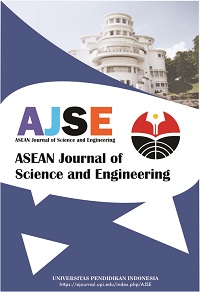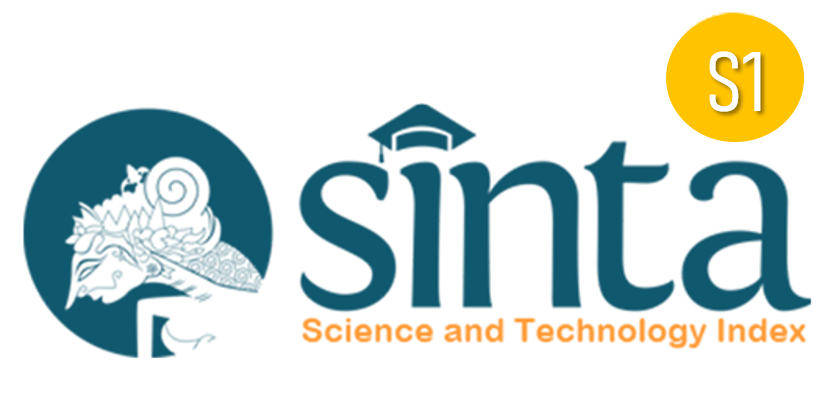Energy Harvesting Based on Living Plants For Smart Farming
Abstract
Keywords
Full Text:
PDFReferences
Gilbert, J. M., and Balouchi, F. (2008). Comparison of energy harvesting systems for wireless sensor networks. International Journal of Automation and Computing, 5(4), 334-347.
Kumar, S., Tiwari, P., and Zymbler, M. (2019). Internet of Things is a revolutionary approach for future technology enhancement: A review. Journal of Big Data, 6(1), 1-21.
Lee, M. F., Zain, M. M., and Lai, C. S. (2018, June). Lighting system design using green energy from living plants. In Journal of Physics: Conference Series, 1019(1), 012019.
Love, C. J., Zhang, S., and Mershin, A. (2008). Source of sustained voltage difference between the xylem of a potted Ficus benjamina tree and its soil. Plos One, 3(8), e2963.
Seetharaman, A., Patwa, N., Saravanan, A. S., and Anand, A. (2017). The impact of the “internet of things” on value creation for stakeholders. International Journal of Scientific and Research Publications, 7(11), 113-123.
Souza, C. P., Carvalho, F. B., Silva, F. A., Andrade, H. A., Silva, N. D. V., Baiocchi, O., and Müller, I. (2016). On harvesting energy from tree trunks for environmental monitoring. International Journal of Distributed Sensor Networks, 12(6), 9383765.
Weng, P. S., Tang, H. Y., Ku, P. C., and Lu, L. H. (2013). 50 mV-input batteryless boost converter for thermal energy harvesting. IEEE Journal of Solid-State Circuits, 48(4), 1031-1041.
Wu, W., Bai, S., Yuan, M., Qin, Y., Wang, Z. L., and Jing, T. (2012). Lead zirconate titanate nanowire textile nanogenerator for wearable energy-harvesting and self-powered devices. ACS Nano, 6(7), 6231-6235.
Zheng, J., Cai, Y., Shen, X., Zheng, Z., and Yang, W. (2015). Green energy optimization in energy harvesting wireless sensor networks. IEEE Communications Magazine, 53(11), 150-157.
DOI: https://doi.org/10.17509/ajse.v3i1.43721
Refbacks
- There are currently no refbacks.
Copyright (c) 2022 Universitas Pendidikan Indonesia

This work is licensed under a Creative Commons Attribution-ShareAlike 4.0 International License.












